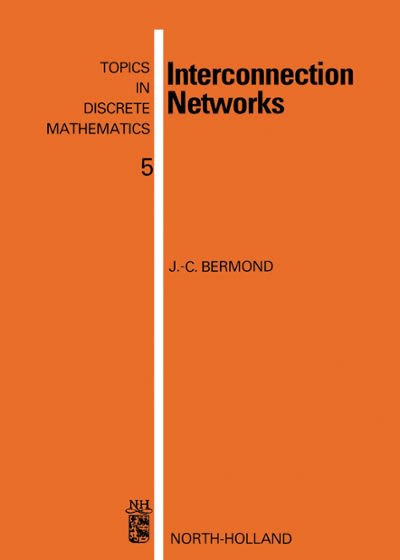Question
11. A farmer has a flock of 100 chickens with weights that are normally distributed with a mean of 5.00 pounds and a standard deviation
11. A farmer has a flock of 100 chickens with weights that are normally distributed with a mean of 5.00 pounds and a standard deviation of 0.36 pounds. If nine chickens are selected at random, what is the probability(to nearest 0.0001) that the mean weight of the group of nine chickens is greater than 5.10 pounds? [Hint: Use a standard deviation for the group of nine chickens.]
12. A pollster wants to conduct a pre-election poll with a margin of error of 3.5% and a 95% confidence level. The pollster does not know ahead of time what the proportion in favor of either candidate is. How many peoplemust be included in the sample to achieve the goal of a 3.5% margin of error? [Note that p-hatis unknown and is therefore assumed to be 0.5.]
13. In another pre-election poll, a pollster finds that 438 out of 600 people polled favor Smith. Construct the 95% confidence intervalfor the proportion (to nearest 0.001) of people in the whole population who favor Smith.
14. An original claim is made that more than 50% of American consumers are not comfortable with the use of drone delivery for merchandise. Hypothesis testing results in Failure to Reject the Null hypothesis. Using Figure 8-5 on page 366 of the text, clearly state the final conclusionreached from this hypothesis test.
15. A hypothesis test with a 5% level of significance is designed to test the claim that the mean weight of a new breed of chickens is greater than 6.00 pounds. A sample of 16 chickens is obtained and their mean weight is 6.10 pounds with a sample standard deviation of 0.35 pounds. No information is available concerning the standard deviation of the whole population of the new breed. What is the critical value (from Table A-3) and the test statistic (to nearest 0.001) for this hypothesis test?
16. Assume that there is a positive linear correlation between the variable R (return rate in percent of a financial investment) and the variable t(age in years of the investment)given by the regression equation R = 2.5t+ 5.3.
- Without further information, can we assume there is a cause-and-effect relationship between the return rate and the age of the investment?
- If the investment continues to grow at a constant rate, what is the expected return rate when the investment is 7 years old?
- If the investment continues to grow at a constant rate, how old is the investment when the return rate is 32.8%?
Step by Step Solution
There are 3 Steps involved in it
Step: 1

Get Instant Access to Expert-Tailored Solutions
See step-by-step solutions with expert insights and AI powered tools for academic success
Step: 2

Step: 3

Ace Your Homework with AI
Get the answers you need in no time with our AI-driven, step-by-step assistance
Get Started


